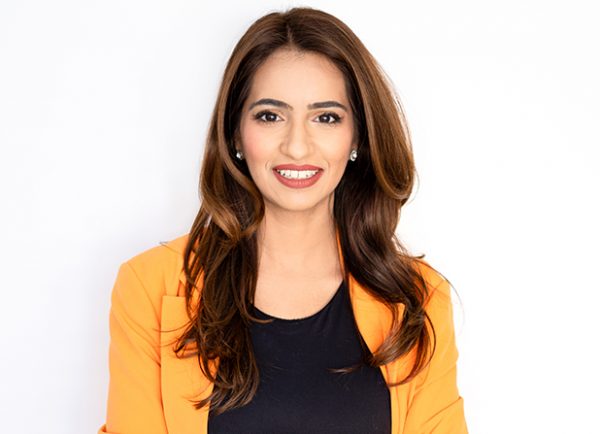 Globally the influencer marketing industry has been on the rise. In 2021, it soared to $13.8 billion, indicating steady growth. This year, the market is projected to expand to a whopping $16.4 billion industry. While the industry has seen a significant and steady increase in numbers, both with investment being funnelled in, as well as people choosing ‘influencing’ as a career, sadly little has been done to address the fraud that pollutes this space.
Globally the influencer marketing industry has been on the rise. In 2021, it soared to $13.8 billion, indicating steady growth. This year, the market is projected to expand to a whopping $16.4 billion industry. While the industry has seen a significant and steady increase in numbers, both with investment being funnelled in, as well as people choosing ‘influencing’ as a career, sadly little has been done to address the fraud that pollutes this space.
Are you doing video right? And do you want to do it better? Join us at our next Campaign Breakfast Briefing: Video 2022 – Moving Pictures to discover the latest learnings from platforms, broadcasters and other industry experts. There will be insights; there will be original research. The only thing that will make this event better is you. Join us and the industry on the 27 May.
Influencer fraud has been a long-standing issue in the industry, with bots, pods and other forms of manipulation seeing increased popularity. Combined with the advent of influencers who have no qualms about indulging in the manipulation, influencer marketing has become a very tricky medium for comms professionals to advise to clients, given the grave repercussions they have to deal with off the back of a failed partnerships.
Although a simple google search will give you 10 ways to identify fraudulent influencers in a matter of seconds, there is still a fair amount of influencer fraud within the region. Manipulated numbers ranging from easily purchased likes, comments, views, bots & pods are never-ending. Fraud is so deeply embedded in the influencer space that it can sometimes be hard to identify even after using digital tools, as those too fall prey to third-party apps penetrating popular social networking sites.
Regardless of whether an influencer intentionally participates in deceitful practices or may be an unwitting victim of a third-party effort to game the system, the cost to a business remains the same: precious budget dollars & time wasted marketing to basically no one.
Comms professionals specifically those working in agencies representing multiple clients, spend a lot of time engaging with influencers, negotiating partnerships for the various brands they represent across industries. Overtime professionals build relationships with these influencers and are able to close in on deals that are beneficial for both parties. However, on the flip side, you can be just as easily found in a situation where you are either snubbed off, ghosted or met with a lot of resentment when asked to share case studies, results or ROI with previous collaborations.
Influencer marketing is a business like any other, one with an immensely lucrative business model, so why do the same rules not apply? Why do individuals shy away from sharing case studies or metrics, more importantly, why take offence when asked to share? Is it not the brand’s prerogative to assess and evaluate prior to making a monetary investment? The entitlement & bad attitude seem quite unnecessary.
The influencer space has matured tremendously over the past two to three years. The introduction of the NMC license formalized the way partnerships now take place and did contribute to professionalizing the industry which was a huge challenge earlier. Having said that we have a long way to go if we truly want to see an impact in this space.
The industry is designed to incentivize influencers to make themselves look bigger. Similar to performance-enhancing drugs, when one influencer uses it, others feel the need to do the same thing to keep up, and thus the poison continues to spread. In 2020, according to PR WEEK, at least half (55%) of Instagram’s influencers engaged in fraudulent activities, no guesses, that number would be a lot higher in 2022.
Social media’s power and popularity can be very tempting, and enable practically anyone to build a public-facing persona, grow a following, and serve as a marketing medium for your brand and its content, but where do we draw the line?
Step one would be for brands and industry professionals need to get better at identifying fraudulent influencers.
The other thing would be to come together as an industry and agree on standardized procedures, zero in on certain processes to vet influencers and have measurement metrics in place. Why not make sharing case studies a norm, as we currently have in place with media kits and insights?
Involving industry bodies such as PRCA MENA & MEPRA in the discussion too might be a good way to begin this journey of eliminating fraud from what is a brilliant medium for brands to reach potential customers today.
Can 2022 look at the emergence of the fully realised influencer, one that engages in an ethical manner, offering real value in exchange of their fees? Here’s hoping!









